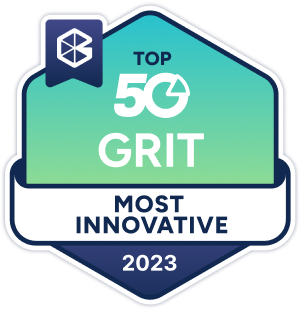challenge
A publicly traded global food producer has produced high quality protein food products for generations. The company, a household brand name, was confronting a rapid change in consumer attitudes for the entire protein category. Always conscious of the environmental impacts from its operations, they endeavoured to operate with integrity and an environmental conscience. Attitudes began to change, and consumers, stakeholders and communities became more outspoken about their environmental expectations for food producers.
The company had made dramatic improvements in their sustainability practices. RESEARCH STRATEGY GROUP was engaged to help determine how best to communicate these efforts without alienating a loyal customer base that embraced the heritage of the company.
- With all the media and stakeholder noise on this topic – what are existing and potential consumers REALLY concerned about?
- What new messages would grow acceptance of their products?
- What would it take to change the behaviour of potential customers who had migrated to alternatives branded as “sustainable”
- Could their brands take a leadership position in the category? Would consumers believe it?

impact
Our message modeling exercise provided some remarkable insight and were adopted by the executive team. Working with their creative agencies the content was instrumental in the company’s new corporate and product branding communications. Several quarters after this launch – the company’s top line revenue grew over 10%.
We delivered direction on which messages would be have a halo effect by leveraging an emotional saliency theme. While the environment is a global issue, messaging should reference to regional or in-country initiatives where possible. Consumers feel a more tangible connection to their region and aligning environmental efforts to those needs resonates more effectively. Company communications should link company environmental initiatives with nutritious foods that nourish families. By linking environmental initiatives with the company’s ability to provide wholesome food for families then consumers are able to see a real immediate benefit.
In addition, our work identified messages that had a negative utility. While those messages had some affinity with the client, our research demonstrated that consumers were motivated by clear and uncomplicated messages. While technical terminology can be deployed in some specific stakeholders communications, it had a negative effect on consumers in this case.
method
RESEARCH STRATEGY GROUP conducted a two-phase study. The first phase consisted of an in-home applied ethnography study. This phase revealed the breadth of consumer attitudes around shopping, meal preparation, ingredients, and environmental and sustainability considerations. Fieldwork was conducted across 4 regional markets in late 2018. We engaged with 21 households.
By interviewing consumers in their home and where they shopped, we identified both how and when consumers think about sustainability when choosing ingredients and preparing meals. Following real subjects in shopping environments, we observed the purchase motivations that informed the challenges and opportunities in developing messaging around greenhouse emissions specifically related to the protein industry. The output of this phase was a set of corporate messages and on-pack claims (and logos) that were underpinned by the behavioural science learning. These claims were to be then incorporated into the quantitative phase.
The second phase was a quantitative study that identified the specific attitude and motivational triggers that the client should incorporate and deploy in their corporate and brand communications. The objective of the quantitative phase was to provide specific guidance on the most effective messages to be used for both consumer communications and claims made on product packaging. We also identified territories of irrelevant or de-motivating communications. Our team also developed tailored messages for specific demographics.
We tested messages and claims developed from the qualitative phase using our proprietary MessageModel approach. By measuring respondent willingness to trade-off various message components against each other, we determined the impact of each communication element and propose the optimal messaging strategy. At the analysis stage, we developed a model that allows clients to measure the impact of various messaging components and their combinations, analyzing different configurations to maximize the impact to a market or a specific audience.













Comments are closed.